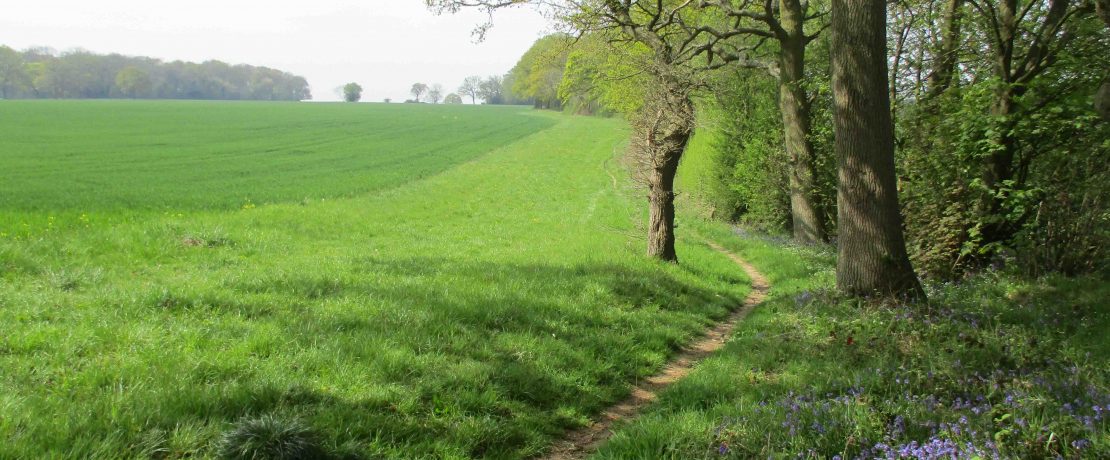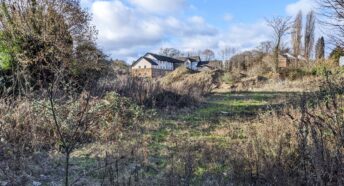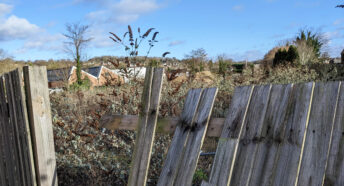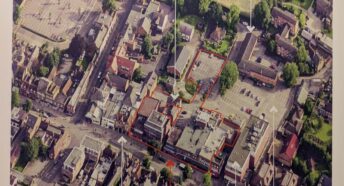Concerns about Dacorum’s proposed local plan applicable elsewhere in county
We’ve recently published our concerns about Dacorum Borough Council’s proposed local plan, titled “Emerging Strategy for Growth 2020 – 2038”. Many of these concerns are widely applicable elsewhere in Hertfordshire. We’ve summarised them here.
- Unnecessary impact on Green Belt, the Chilterns Area of Outstanding Natural Beauty (AONB) and the Chilterns Beechwoods Special Areas of Conservation. 85% of the borough is rural, 60% is Green Belt, and 33% of the countryside is in the AONB. Yet the proposed plan prioritises growth and development regardless of the impact and harm on the environment and on these special places.
- Over-provision of housing. Whilst there is an undeniable need for more housing, in particular for more genuinely affordable housing for local people, we have concerns about the sheer scale of the proposed development. The National Planning Policy Framework (NPPF) allows local authorities to restrict the scale of development due to other planning constraints including impacts on the Green Belt and AONB, but this proposal doesn’t factor this in. It also uses out-dated 2014 Office of National Statistics based housing projections to calculate its estimate of housing need, rather than using up-to-date figures.
- Failure to address climate emergency issues. The proposed local plan fails to demonstrate a pathway to local carbon reductions. This is a requirement of the NPPF and the 2004 Planning and Compulsory Purchase Act. An evidence based carbon reduction plan is also required to meet the national climate obligations of net zero by 2050.
- Impact on infrastructure. The proposed level of development along with pending development in neighbouring districts would place an unacceptable burden on all types of infrastructure services and facilities and the proposals do little to address the necessary capacity increases and improvements.
- Water supply and wastewater treatment. The proposals will put a severe strain on water supplies especially during dry summer months. Until new water supplies are available from elsewhere in England, which will not be until the 2030s, the only option would be to extract additional water from the chalk aquifer which in turn would damage the county’s chalk rivers which are classified as priority habitats under section 41 of the Natural Environment and Rural Communities Act 2006. The proposed increase in housing will also require substantial investment in waste water and sewerage infrastructure but the plan makes no mention of how this will be funded or accomplished.
- Underestimating potential brownfield regeneration opportunities. The proposed plan fails to take into account the impacts of the coronavirus pandemic and recently expanded permitted development rights, both of which are likely to result in much greater conversion of commercial space (especially office and retail) to residential use. The potential for such windfall provision of housing is likely to be much higher than that identified in the proposed plan. As a result, many of the proposals for development on Green Belt and greenfield sites outside of existing towns and villages are likely to be unnecessary.








